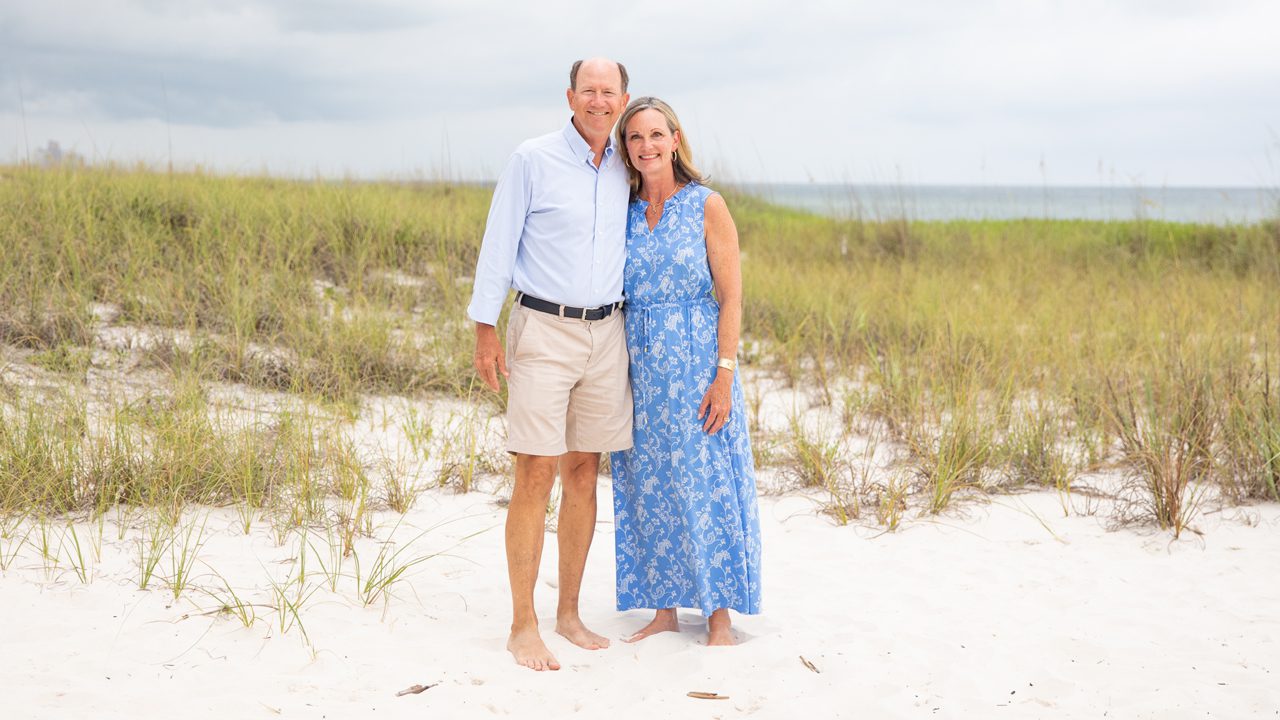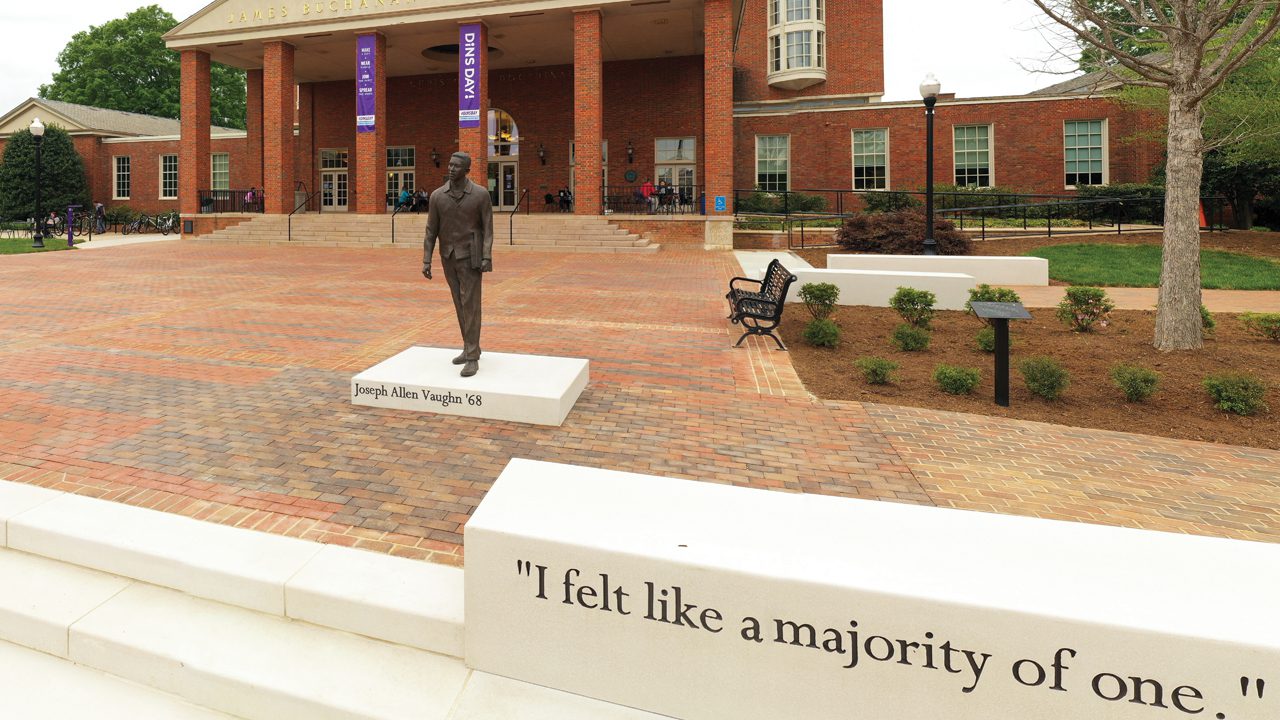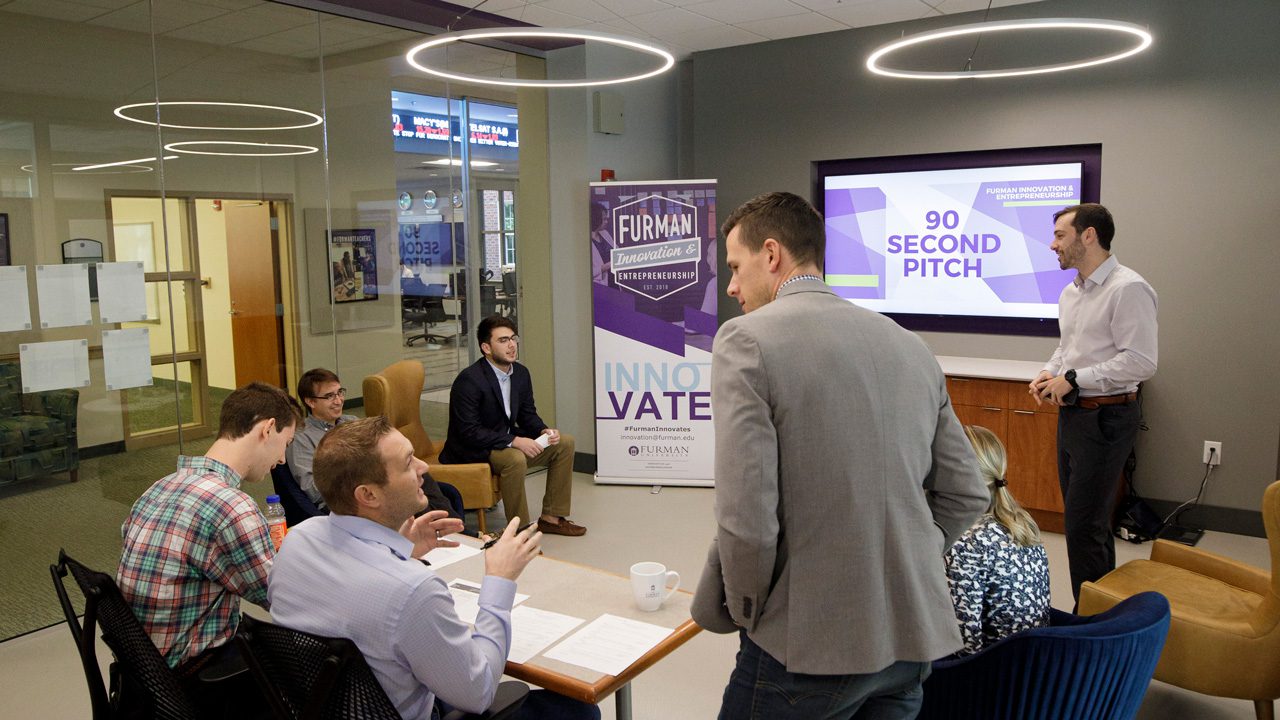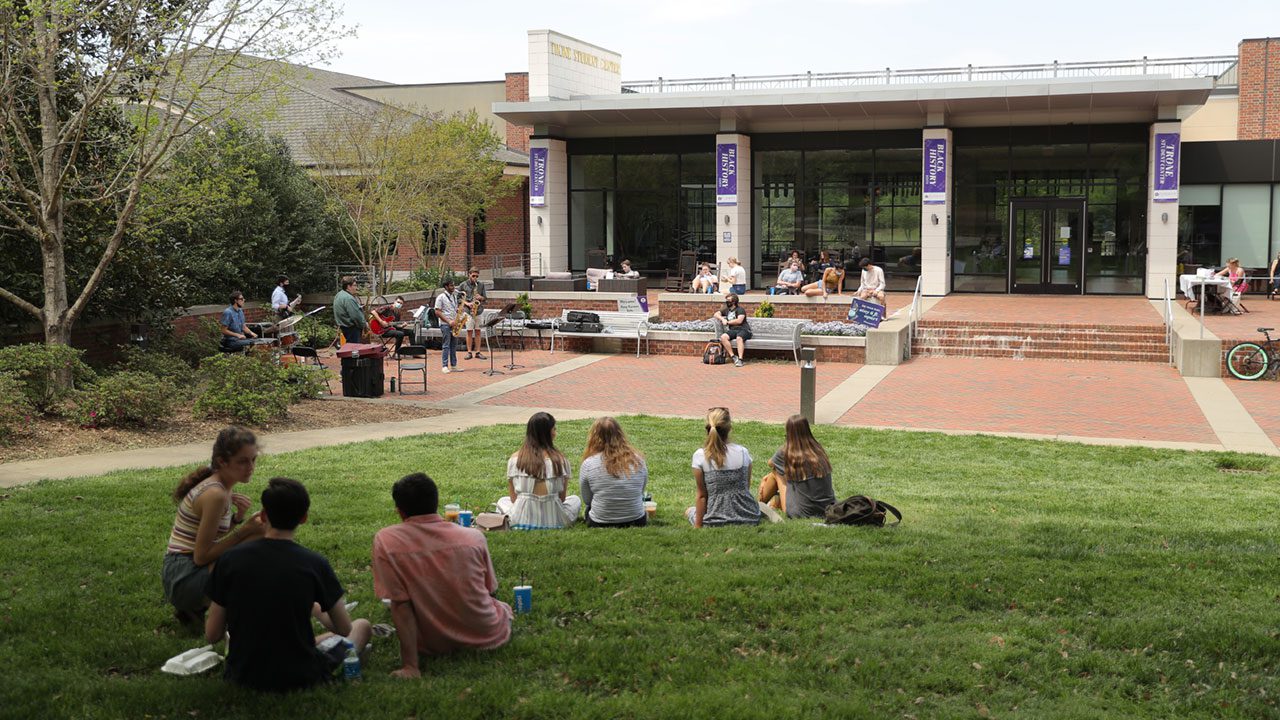
‘Global, Substantive Change’ Starts Here
James A. Lanier Jr. ’79 and Mary Anne Anderson Lanier ’79 make a new $1 million commitment to Furman.
By Chris Worthy
James A. Lanier ’79 and Mary Anne Anderson Lanier ’79 have been impressed with how The Furman Advantage, Furman’s signature educational framework, is advancing, and they want to continue to support the university’s work.
The couple previously committed $1.05 million to invest in Furman University’s Shi Institute for Sustainable Communities and are now adding to the effort with a $1 million planned gift to Furman, bringing their total commitment to nearly $2.2 million.
Their latest investment is designated as unrestricted, which means it can be used in areas of greatest need. Their giving touches a wide array of programs at Furman, including The Shi Institute, annual and endowed scholarships, The Hill Institute for Innovation and Entrepreneurship, operations and the Paladin Scholarship Fund.
“Specifically, to us, The Shi Institute, we believe, is going to be a key piece to positively influencing where The Furman Advantage is heading,” says Jaime Lanier.
It was Mary Anne Lanier’s late father, Ray C. Anderson, who started the momentum that is carrying his daughter and son-in-law forward as they support and encourage students.
“My dad started a carpet tile manufacturing company back in the ’70s,” says Mary Anne Lanier. “It’s now known as Interface. He built his company from the ground up within 20 years to become a billion-dollar-in-sales, publicly traded company.”
But that impressive feat was what she calls “the warmup to his most important mission.” In 1994, he shifted his methods, inspired change and began a legacy that permeates the work of his family today as they encourage future environmental leaders.
It started with a book, “The Ecology of Commerce” by Paul Hawken, that someone had recommended to him.
“He said when he got to the second chapter of that book, he just started to weep because he was so convicted about the way the manufacturing industry was destroying the earth,” Mary Anne recalls. “He vowed then and there that he would figure out how to make his company sustainable.” Anderson set a goal of having a zero-carbon footprint for the business by 2020. It was achieved by those who carried on his vision following his death in 2011.
“When you have a shared purpose like that, it’s just a wellspring of innovation, thinking outside the box and looking for new ways to do things,” says Mary Anne. “For us, sustainability is very much a part of our DNA now. My dad’s attitude was that business and industry got us into this mess, and it’s the only institution big enough, persuasive enough and innovative enough to get us out of this mess –and who’s going to lead them? Why not us?”
That attitude melds well with all of Furman’s institutes, which also include The Riley Institute and the Institute for the Advancement of Community Health. Though they span disciplines, the institutes can and do collaborate to foster creativity and innovative problem-solving. And that, according to the Laniers, can create substantive, global change.

On April 16, we celebrated the historic unveiling of the Joseph Vaughn ’68 statue in honor of his profound legacy.

The Hill Institute for Innovation and Entrepreneurship develops students’ startup mindset by helping them imagine, test and launch a social or entrepreneurial venture.
